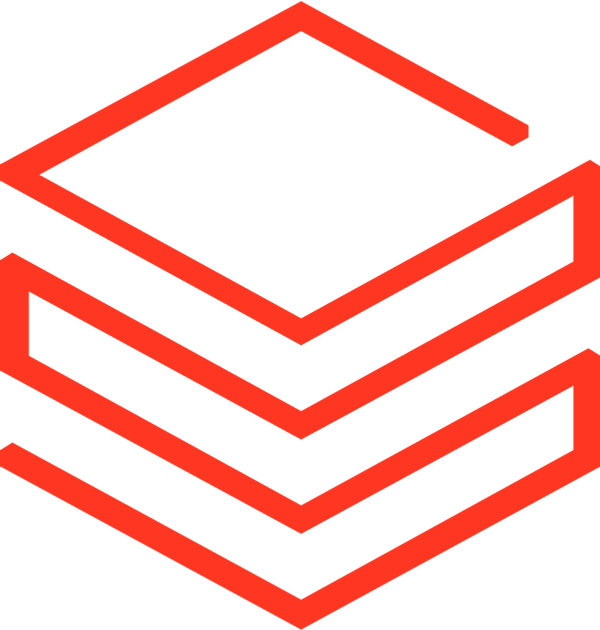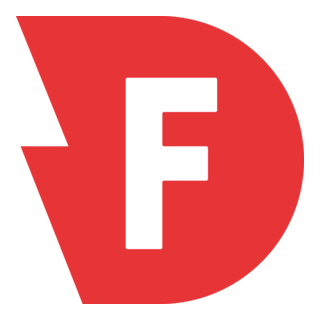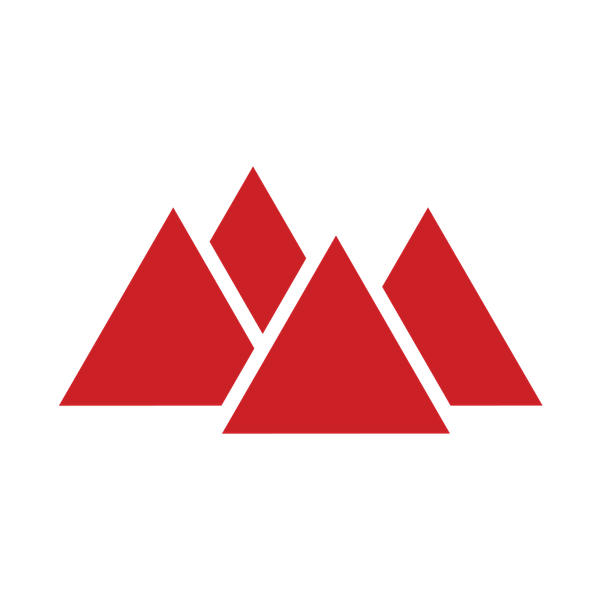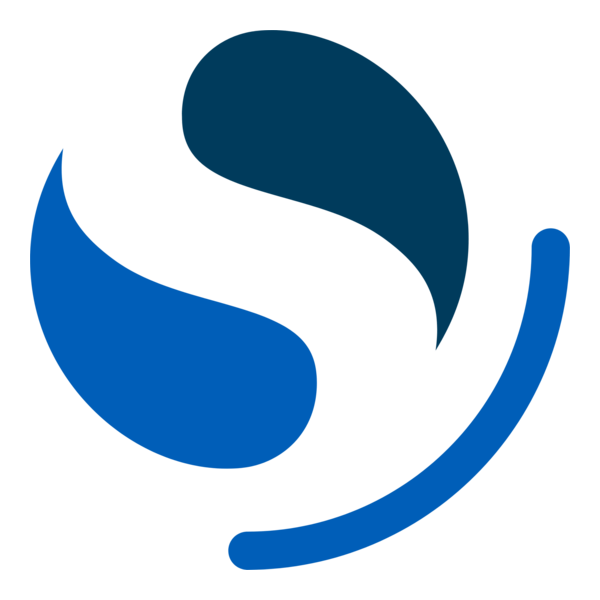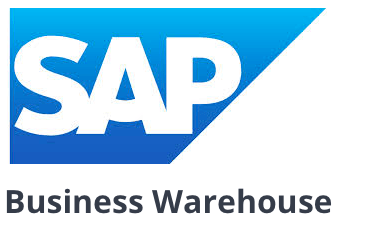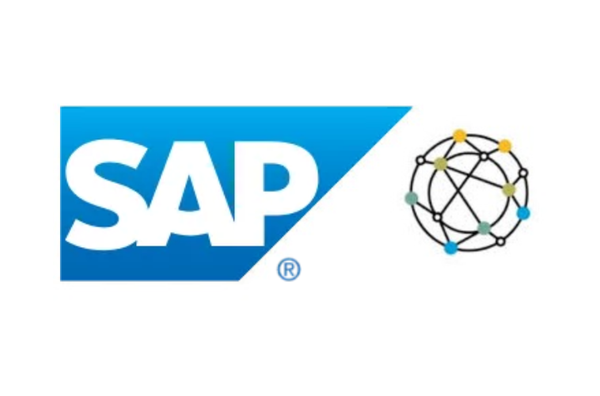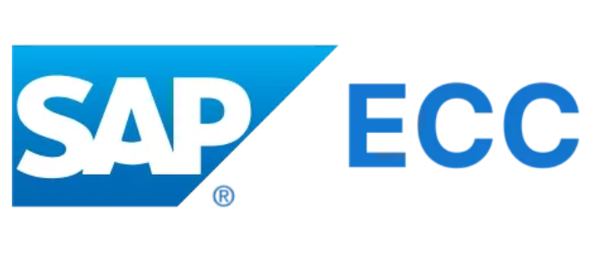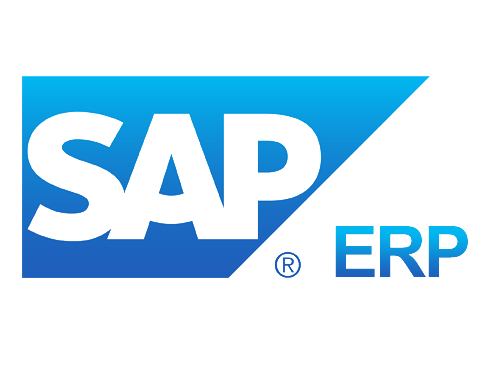Metadata from all sources. Connected in one platform.
You can connect the metadata of all relevant data sources in a central platform – via native connectors, import/export functions and interfaces. Fully automated, with change data capture, change history and integrated workflow.
You always have an up-to-date, comprehensive overview of all metadata in your company.
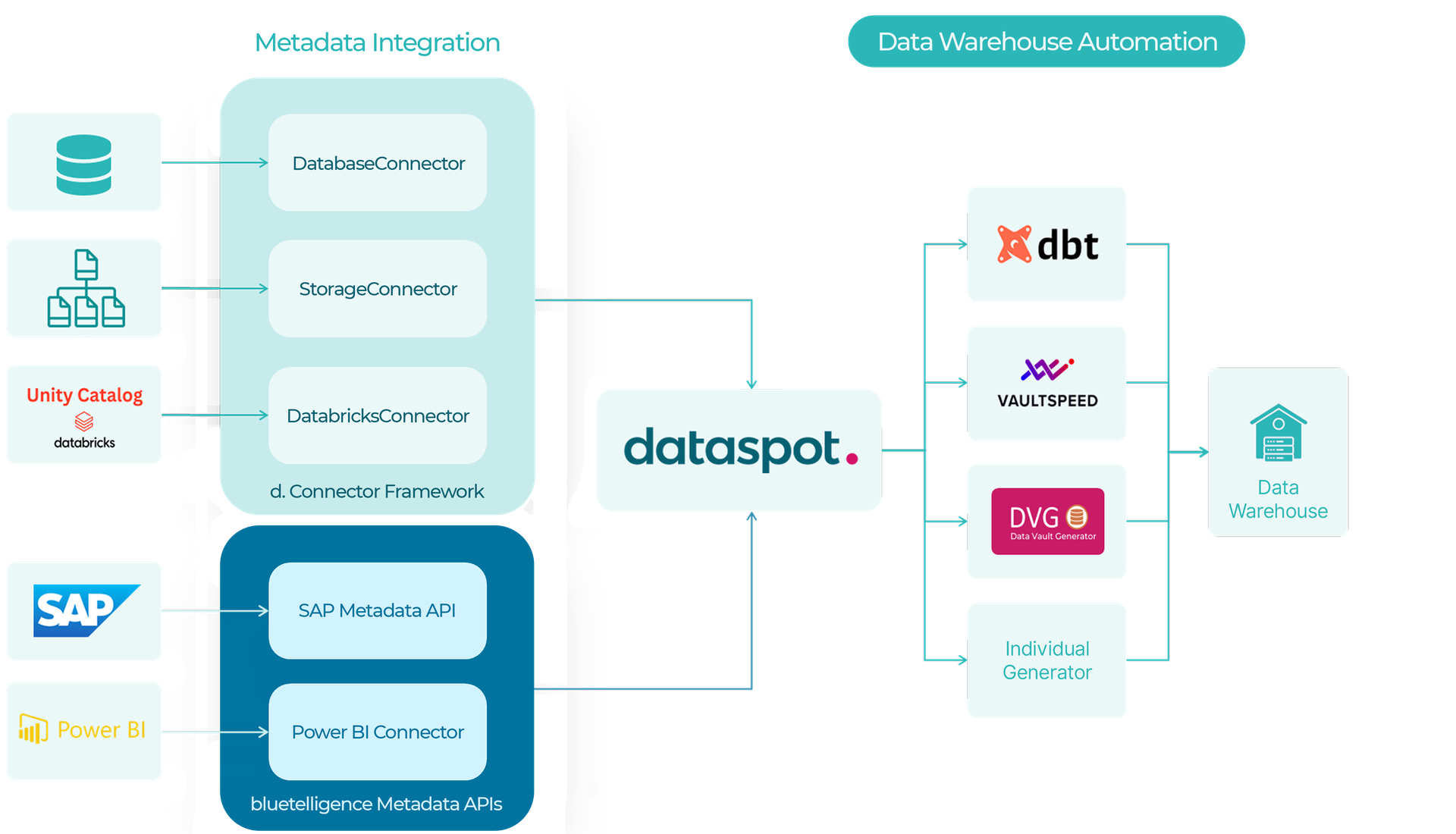
Native Connectors
The connectors from dataspot. automatically read the metadata from your data sources and give you full transparency over the data structures of your source systems. Changes are detected immediately, and the integrated workflow in dataspot. provides you with the appropriate governance – from status assignment and notifications to approval processes. This allows you to keep track of new versions and changes in the data structures at all times – perfectly designed for your needs.
Complete transparency and control over your data structures – effortlessly.
Typical ways to integrate dataspot.
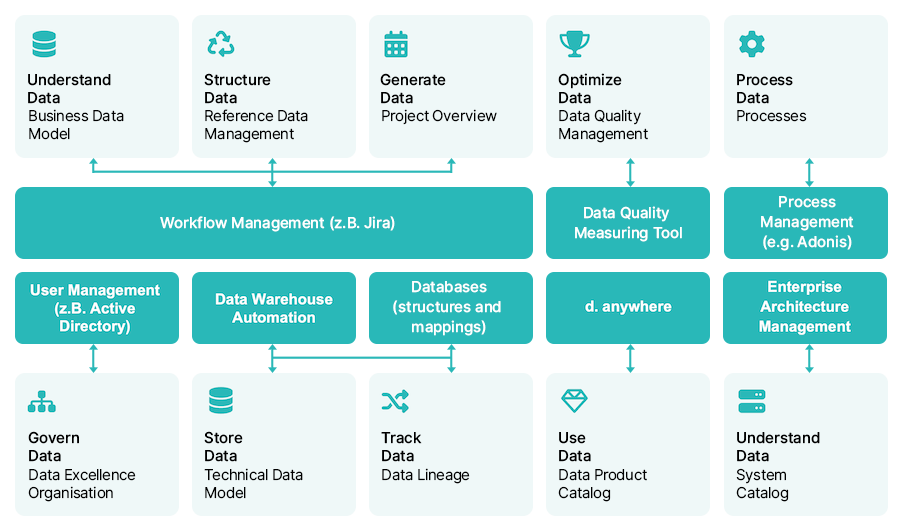
Powerful integration interfaces are ready for you to connect dataspot. Using intuitive REST APIs, you can seamlessly integrate all metadata from dataspot. into your existing system landscape. Whether it’s embedding business descriptions directly in reports with dataspot.anywhere, linking with requirements management tools (e.g., JIRA), central reference data management, or querying metadata directly via our SQL layer – the possibilities are extensive. This ensures that metadata is integrated into your organization’s daily workflows and available to your data consumers exactly where it’s needed.
Relevant metadata, always in the right place – for fast, well-informed decisions.
DatabaseConnector
With DatabaseConnector, you can integrate metadata from all JDBC-enabled databases directly into dataspot. Tables, views, attributes, primary and foreign keys, data types and enumerations are mapped as a complete data model in dataspot. – clearly structured and always up to date.
See all your meta data in one place - for greater transparency and better collaboration.

Actian Zen

Amazon Aurora

Amazon Document DB
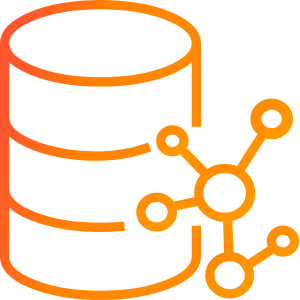
Amazon Neptune
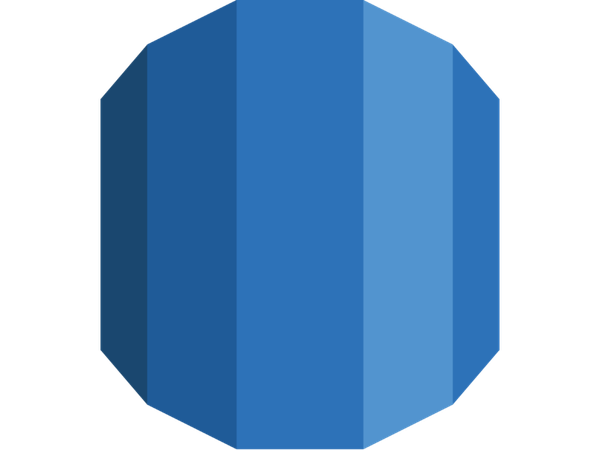
Amazon RDS

Apache Couch DB

Apache Derby

Apache Drill

Apache Hbase

Apache Phoenix

Athena

AWS Glue

Azure Cosmos DB

Azure DB for MariaDB

Azure DB for MySQL

Azure DB for PostgreSQL
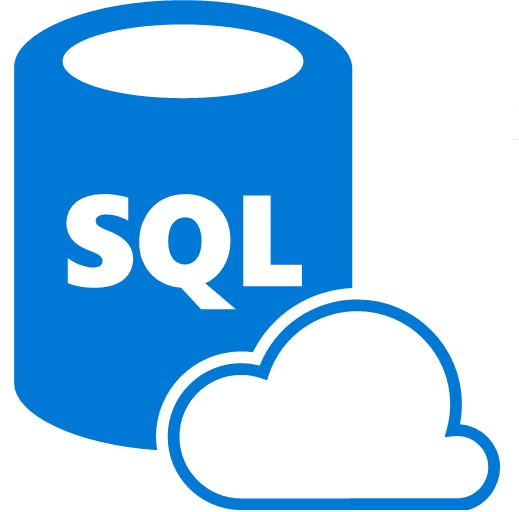
Azure SQL

Big Query

Cassandra
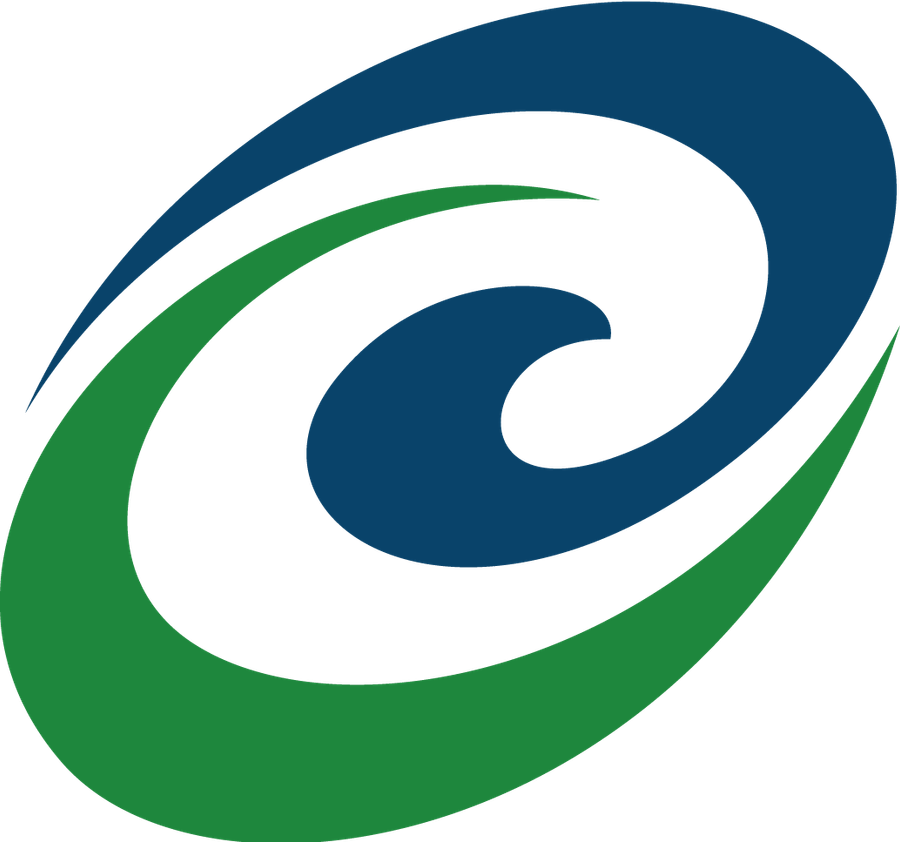
Citus Data

Clickhouse

Cockroach

Couchbase

Cubrid

Doris

Druid

Dynamo DB

Exasol

Firebird

Greenplum

H2 Database Engine

Hive

Hyper SQL

IBM DB 2

Impala

Infobright DB

Maria DB

MarkLogic

Mimer SQL

MonetDB

MongoDB

MSSQL

MySQL
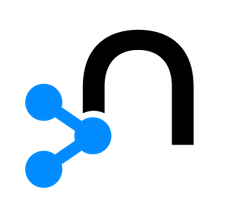
Neo4j

NuoDB

Oracle

OrientDB

Pinot DB

PostgreSQL
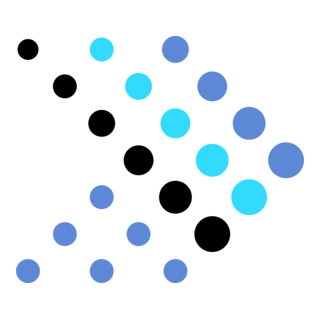
Presto

Redis

Redshift

Rockset

Salesforce
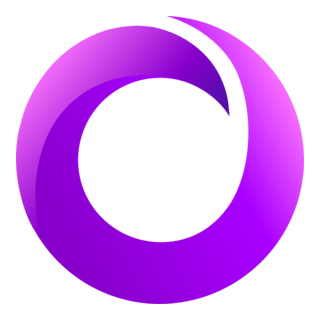
SingleStore

Snowflake

SQLite
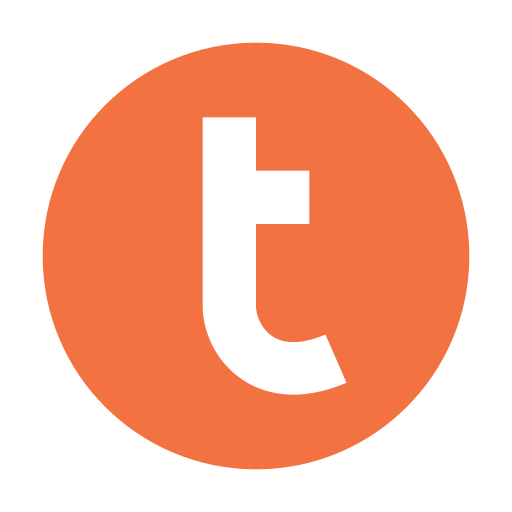
Teradata
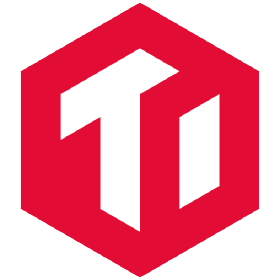
TiDB

Timescale

Trino
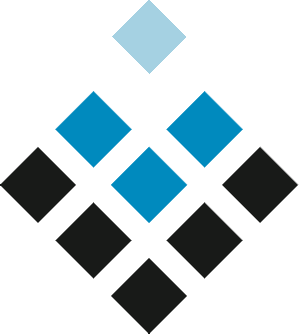
Vectorwise

Vertica

VoltDB
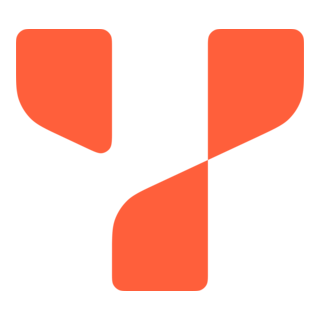
YugabiteDB

Dataplex
StorageConnector
With StorageConnector, you can integrate metadata from cloud storages directly into dataspot. Folder structures, files, and the data structures they contain are imported from platforms like Amazon S3, Azure, and Google Cloud – including partition keys and attributes.
Complete transparency over your cloud data – structured, up-to-date, and always accessible.

Amazon S3

Azure Storage

Google Cloud Storage

DatabricksConnector
With DatabricksConnector, you can integrate metadata from Unity Catalog directly into dataspot. Data assets, their structures and the complete data lineage are transferred – even at column level.
Seamless transparency over your data from databricks – integrated, visible, usable at any time.
Gain full clarity on your SAP data
Many large companies rely on SAP solutions. Especially in data warehousing and BI, numerous dependencies arise between systems and entities during data modeling and visualization. You want to know where data comes from and how it’s transformed? Discovering this often requires significant manual effort and IT resources – if it’s even possible.
That’s why many experts want to integrate SAP metadata into enterprise-wide metadata management. When extracted directly from operational systems, they can help untangle complexity – yet it’s often difficult to use. On top of that, you want to place this data in a meaningful business context. Few providers offer SAP metadata integration – but we do!
SAP metadata, technically precise and business-ready –
for complete transparency and less manual work.

dataspot. connects metadata across all SAP systems.
All SAP metadata in one place
The SAP connector reads the technical data models directly from SAP. All data objects are imported into dataspot. and stored in structured collections. The graphical representation is based on the favourites concept, allowing you to control which data objects are displayed in the diagram. You assign personnel responsibility directly.
All SAP metadata in one place
The SAP connector reads the technical data models directly from SAP. All data objects are imported into dataspot. and stored in structured collections. The graphical representation is based on the favourites concept, allowing you to control which data objects are displayed in the diagram. You assign personnel responsibility directly.
Technical SAP data models
All data objects with descriptions and attributes (including value ranges) are transferred. The system origin and complete data lineage are directly visible on the data object.
Transformations
Transformations (mappings between attributes) are displayed in detail, including transformation rules, and can be shown or hidden. You get a multi-level data lineage that can also be viewed from an attribute perspective. SAP BW transformations are modelled 1:1 (rule IDs from BW) and the queries (REP) are displayed.
SAP BW Key Figure Catalog
Key figures from SAP BW are mapped in a separate key figure model. You can see the detailed technical origin in the key figure tree. This allows you to manage key figures that are used multiple times (CKF, RKF) particularly efficiently.
SAP-specific stereotypes
In dataspot., you can stereotype certain asset types. This allows the different data object types from SAP to be displayed with their own names and icons.

Our exclusive SAP connectivity partner for many years.
The SAP experts at bluetelligence provide you with a unique connection to your SAP systems. Using the SAP MetadataAPI, bluetelligence connects directly to your SAP system and imports all object information from the SAP systems HANA, BW, BW/4HANA, ECC, ERP, S/4HANA, SAC and Datasphere including their data lineage, to dataspot. – even across systems.
This allows you to link the technical view with your business metadata – and thus understand data flows and mixed data lineage at a glance.
Understand SAP data flows, connect technical and business views, and see dependencies in seconds.

dataspot. anywhere is loved by data consumers

dataspot. anywhere use cases
1. Display metadata content directly in the report or frontend via mouse-over.
1. Display metadata content directly in the report or frontend via mouse-over.
2. Configure navigation in your frontend to the metadata using the unique UUID of all assets in dataspot.
3. Integrate metadata search for all data consumers into the intranet.
4. Support data owners in entering data in their systems with metadata displayed on mouse-over.

Interfaces for every use case

Import and export of metadata with workflow-based matching logic – via uniform import/export structures in XML, JSON, XLS or CSV formats.
Export metadata definitions as PDF documents.
Query or modify individual metadata objects via REST API.
Connection to metadata source systems via the dataspot. connector as a standalone application.
Specific evaluations based on read-only SQL views.
Creation of customised reports in various formats using XSL transformations.
Flexible integration of your metadata into any system landscape – tailored precisely to your application.

Technical data sheet
Would you like to learn more about system requirements and installing the dataspot. software? Download the technical data sheet now.

One step ahead: Building a data warehouse that’s truly user-friendly
In the past, building a data warehouse often put technology first – usually at the expense of clarity and user-friendliness for business departments. Today, our goal is to create a DWH that puts your needs as a business user at the center, is easy to understand, and provides a reliable data foundation. This way, you can use data purposefully, make well-informed decisions, and work efficiently.
At the same time, the definition of harmonized metadata forms the basis for automating the creation of the DWH in the future – with data structures and transformations generated directly from metadata. Comprehensive business metadata is an essential prerequisite for self-service data offerings and data marketplaces.
A data warehouse that is not only implemented automatically, but is also user-friendly – and provides you with optimal support in your decision-making.




